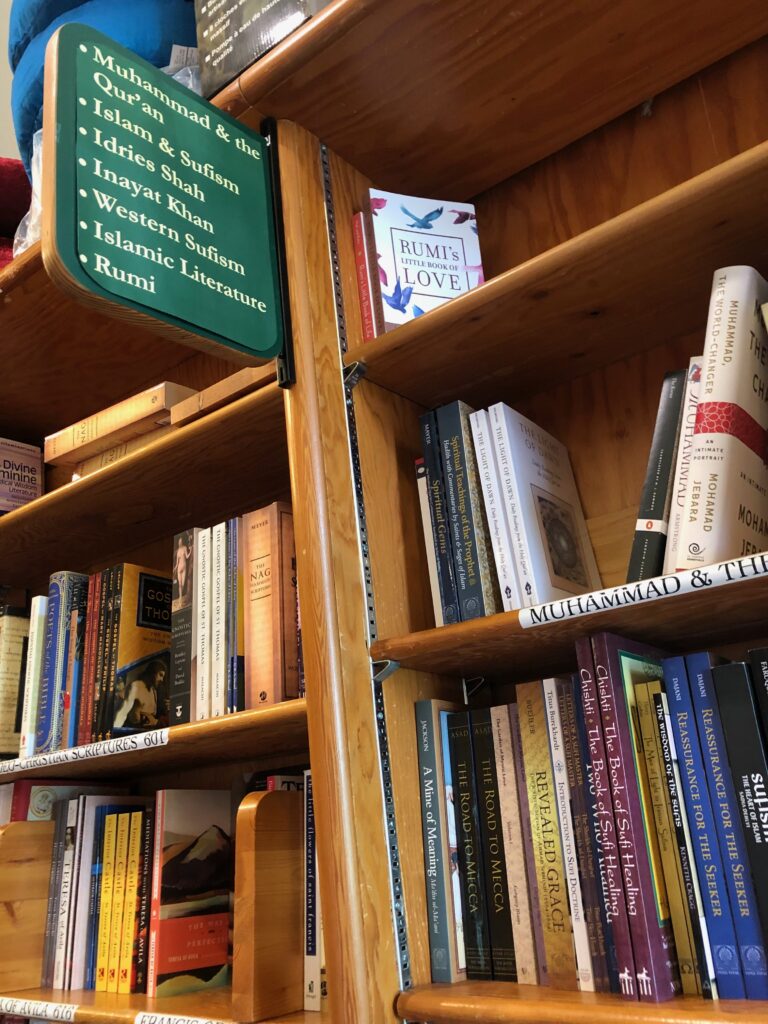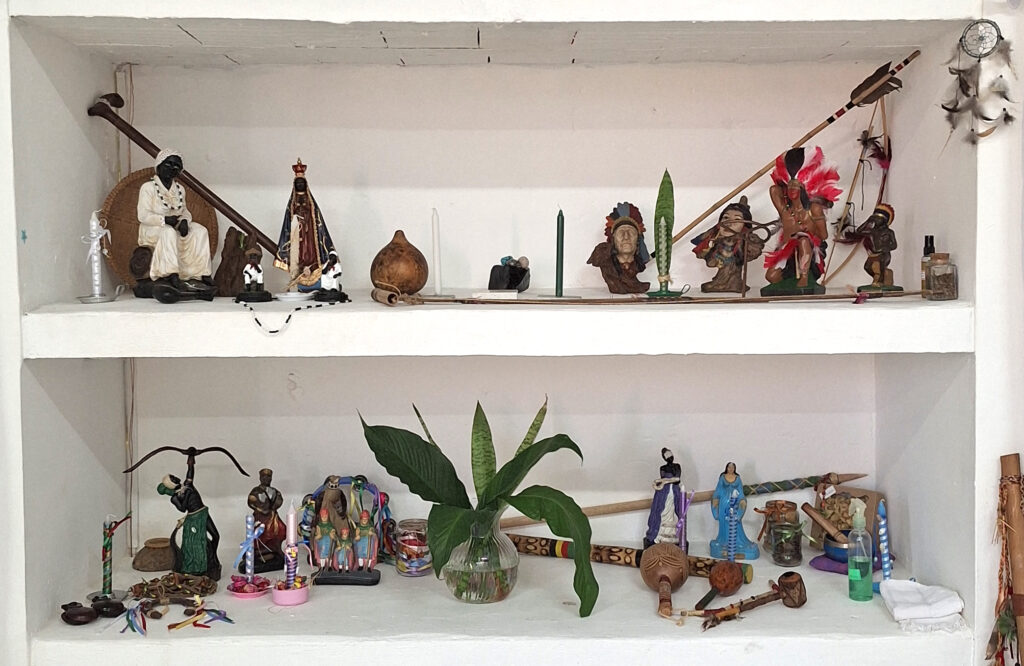By Ilia Mozias
In the realm of esoteric practices, a fundamental question arises: Are these practices genuine and capable of yielding results, or are they merely products of the imagination of those lacking knowledge? Scholars who study esoteric practices and religion usually avoid such inquiries, focusing instead on these traditions’ functional, symbolic, and societal aspects. For practitioners, however, this question is crucial, especially as modern models of truth and falsehood often clash with the foundational principles of these traditions and pose a threat to their existence.
This challenge was faced by practitioners of the ancient Chinese self-cultivation tradition known as internal alchemy. Internal alchemy, the primary method of Daoist self-cultivation beginning from the Song dynasty (宋 960–1279), aims to achieve immortality by reversing the cosmological process. Practitioners believe that humans lose their connection to the original emptiness and Dao after birth, and their bodies and minds gradually become corrupted, losing their original purity, ultimately leading to death. They seek to reverse this process by utilizing their knowledge of the cosmological patterns. In this transformative process, they use the physical body as a vessel in which a new immortal body is born, typically achieved by focusing on the physical body and guiding its transformation through intentional practices.

To confront the challenges posed by modernity, contemporary alchemists attempted to reinterpret internal alchemy from a “scientific” perspective. They portrayed alchemy as free of religious and superstitious elements, emphasizing its reliance on tangible processes within physical bodies. These claims were purportedly substantiated by medical research and experimentation. Thus, they sought to reconcile traditional alchemical doctrines with the modern model of truthfulness, where truth is confirmed by rational, materialistic and experimental evidence.
However, this approach challenges traditional alchemical doctrine and the fundamental essence of internal alchemy. Like other religious and mystical practices, alchemy encapsulates human yearning for transcendence. The ultimate goal of alchemy is to attain immortality and become a part of another world—the realm of the immortals and gods. Embracing the modern model of truthfulness implies skepticism or the denial of immortality and transcendence. Consequently, alchemical practices lose their profound meaning.
This was probably the reason why the members of one of the most influential modern schools of internal alchemy, the Western School (xipai 西派), tackled the challenge of modernity in an entirely different way – by embracing transcendence. One of the central figures of this tradition was Wei Yao 魏堯 (fl. 1922-1926), who presented one of the most comprehensive descriptions of the school’s teachings in his books.
Wei’s method of self-cultivation looks quite “modern” and straightforward. Practitioners should disregard the physical body entirely and concentrate solely on breathing outside the body, gradually entering a state of non-doing, allowing the transformations to unfold spontaneously. This practice requires no divine intervention, no belief in immortality, no suppositional elements and not even a deep knowledge of traditional alchemical doctrine. Despite its simplicity, however, this method hinges on a unique model of truthfulness and falseness, which substantially differs from the “scientific” model of other alchemists.
Wei believes that everything related to the ordinary physical world and the body is ultimately false, and that only emptiness—the state preceding the universe’s genesis, also associated with the emptiness of mind and space—is genuine. Therefore, his method focuses exclusively on emptiness and actively manipulates its various “shades.”
Wei Yao distinguishes between the genuine self and the false self. The genuine self originates directly from emptiness during parental copulation. In contrast, the false self is the soul of a deceased individual that takes control of the body and displaces the genuine self. This interplay disperses emptiness throughout various places inside and outside the body. Despite this dispersion, emptiness remains the essential force that defines human existence. Wei metaphorically compares emptiness to a puppeteer who skillfully orchestrates the movements of the ordinary physical body.

Practitioners must establish a connection to emptiness and maintain it throughout their practice. They concentrate on the “middle palace,” below the nose, where nasal and oral breathing converge, gathering the dispersed elements of emptiness into one focal point. They attune themselves to the soundless rhythm of inhaling and exhaling, embodying the yin-yang interaction. This practice connects the emptiness in the mind and body and their small emptiness with the vast emptiness of the universe beyond them.
Subsequently, practitioners let go of awareness of the body and the practice itself, entering a state of forgetfulness that mirrors the universe’s primordial condition before the emergence of form and matter. This state embodies the ultimate “truthfulness” as it is eternal and possesses the boundless creativity of the Dao.
In this model of truthfulness, practitioners create a new immortal body through their imagination. Exiting the state of forgetfulness gives rise to a “thought” called “intention.” Intention, a natural response to emerging from deep meditation, is not triggered by external stimuli. As practitioners alternate between forgetfulness and concentration, intention transforms into enlightened awareness, the process which embodies the generation and growth of a new immortal body.
Practitioners bring the immortal body to life by envisioning its external form, progressing from physiological reactions to a black-and-white sphere (external elixir) in front of the abdomen. The elixir changes from red to purple-red to gold, symbolizing the immortal body’s development. The culmination involves the practitioner being enveloped in the golden hue, which signifies the connection to the universe’s vast emptiness, the formation of the immortal body, the departure from the physical body, and the return to emptiness.
According to this model, the ultimate truth is not objective and materialistic but lies in the power of imagination—a subjective and mental realm that liberates the individual from the limitations of the material world. In their efforts to preserve the transcendental element of internal alchemy and protect the truthfulness of the teaching in the face of modern challenges, the members of the Western School of internal alchemy, with Wei Yao as its main representative, developed a model that differs not only from the modern understanding of truthfulness and falseness but also from the traditional one. This model aims to liberate the human spirit and unleash its ultimate creativity.
Ilia Mozias is a researcher of Daoism and Chinese religion and is currently a visiting fellow at CAS-E.
___
References
Mozias, Ilia. “Creating an Immortal Body in the External Void: The Alchemical Way of Wang Dongting 汪東亭 (1839–1917).” Journal of Chinese Religions 51, no. 1 (2023): 97-135.
___
Image credits
Image 1: Dreaming Man by Katya Nikulin
Image 2: Meditation by Katya Nikulin
CAS-E blogs may be reprinted with the following acknowledgment: “This article was published by CAS-E on February 5th, 2024.”
The views and opinions expressed in blog posts and comments made in response to the blog posts are those of the author(s) and do not necessarily reflect the views and opinions of CAS-E, its founders, its staff, or any agent or institution affiliated with it, nor those of the institution(s) with which the author is affiliated.








